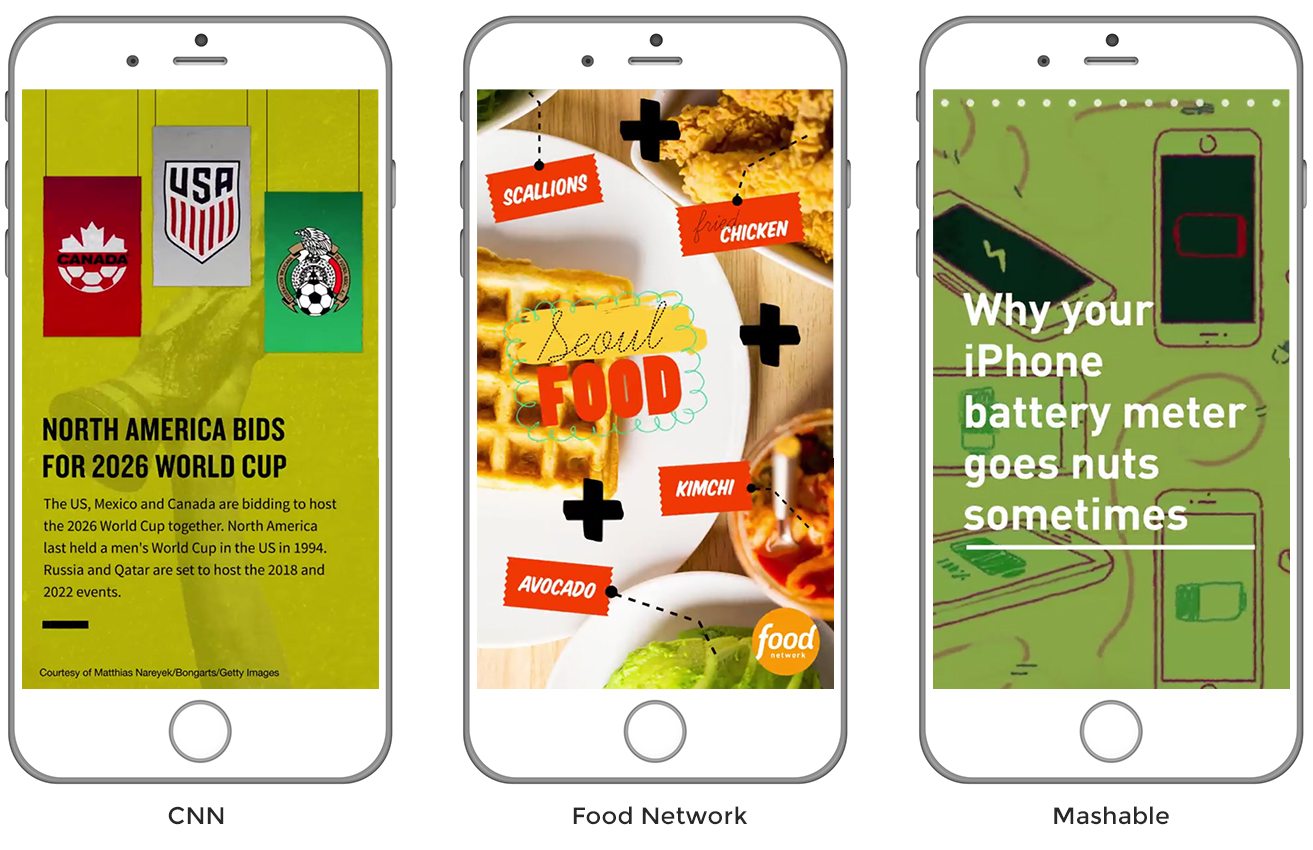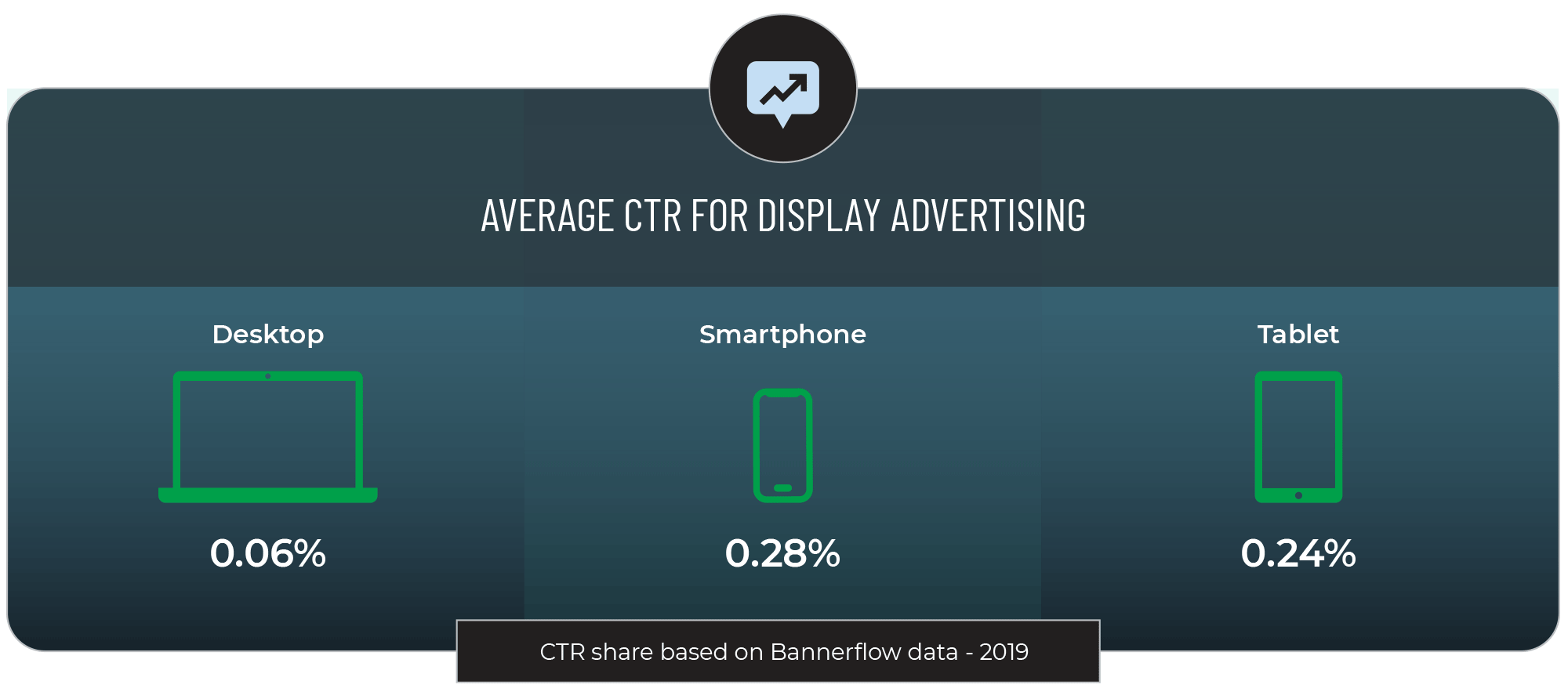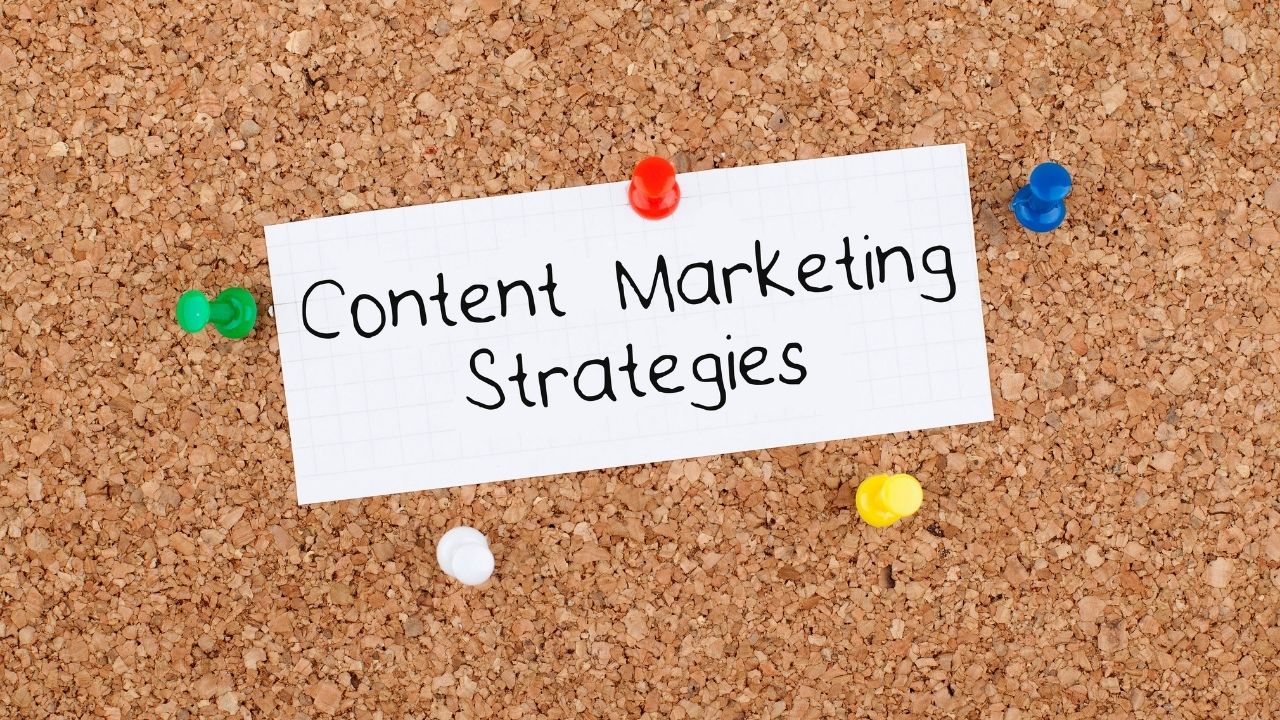
Digital marketing is the promotion of a business via the Internet. This includes social media, mobile apps and search engine optimization. Digital marketing has two goals: to reach potential customers and raise brand awareness. It's an economical way to market your business and generate revenue.
Advertising used to only be available through traditional media such as radio, television, or print. Today, however, the Internet is a preferred marketing channel for many businesses. Millions of people use the internet to search for products and services, browse blogs, shop online and many other things. It's one of the most powerful marketing tools, with more than five million people using it for work and entertainment.

Companies can communicate with their audience via digital marketing. Digital marketing allows marketers to track key metrics. This is not possible with traditional marketing. These metrics can be used for evaluating the performance of an advertising campaign and identifying areas that need improvement. These metrics can be used to identify buyer needs and problems. They feel like they are being heard when they see personalized messages.
With the increase in smartphones, digital advertising is more effective at reaching a targeted audience. A paid search advert is shown when a customer searches for a particular product. These ads are determined by the content of the search query. Online advertising is also possible through paid and organic channels.
Businesses can also leverage digital marketing to communicate with their customers worldwide. According to research, 45 percent of consumers prefer buying online. The same goes for local searches. 88% percent of searchers who make local searches end up visiting a store the next week. Marketers can create a strong and lasting relationship by using these platforms.
In order to implement a digital marketing strategy, marketers need to understand the specific goals they are trying to achieve. Marketers must also consider which channels they will use, and how they fit into their overall digital marketing strategy. Continuous efforts are required to create a successful digital marketing strategy. Ideal marketers will be able, in the end, to measure both the effectiveness of each tactic and the impact of their efforts.

The best digital marketers employ a variety strategy options. You can use inbound marketing (webinars, webinars, and blogs), as well content marketing and emailing marketing. To be effective, they also need to build a team of specialists. Content strategists, copywriters, and social media managers can help with these tasks.
Marketing automation software will simplify the creation of content, workflow management, and production. Proactive monitoring can also ensure that you are maximizing the effectiveness of your ad campaigns and optimizing the budget you are spending. Sending messages to your target customers with deals and promotions can help increase brand reach and improve ROI.
FAQ
How can you create quality content?
Great content can only be created if you write about something you are interested in. Finding topics that interest you is the best way to write well. You need to discover what drives you and how that knowledge can be applied to helping others. Writing for yourself is one thing, but when you start writing for other people, you'll notice how much easier it becomes to produce quality content.
How much should I spend on Content Marketing?
This depends on the number of leads you wish to generate. Depending upon the industry, the average cost for a lead can range from $5 to $10. For example, when we first started our business, we were spending about $20 per lead. Now, we spend around $6-7 per lead.
How does content marketing work?
When someone visits your site, they're looking for something specific. Great if they find what they are looking for. But if not, they'll leave and go look elsewhere. Content marketing helps you provide useful and valuable information that answers questions and solves problems. This content can also be used on social media, email and other platforms. So people will always be able to access it.
How do you make good content?
Content should be useful, interesting, and easily shared. The best content will have a clear call for action. This could be a link or button that allows readers sign up for a trial, read more about your product, or order something from your site. Your content should include visuals to be easily shared on all platforms.
How do I calculate my return on investment from a Content Marketing Strategy
The average return on investment (ROI) for businesses that implement a Content Marketing Strategy is between 5x and 10x higher than for businesses that don't.
A Content Marketing Strategy is designed for sales and leads generation.
It can also provide valuable insight into your company. These insights will help you make better decisions such as identifying opportunities and improving customer service.
Let me tell you how much you can make from your Content Marketing Strategy.
It's possible to double your overall revenues.
Are content marketing agencies the best?
Many content marketing agencies have years of experience in creating content strategies and delivering them to their clients.
Their knowledge can save you tons of time and effort by providing a comprehensive plan based on your needs.
Don't assume every agency can provide the skills that you require. Some companies specialize only in certain niches, like eCommerce. Others work with specific industries, like law firms.
Ask them about their specialties and you'll find the right agency for you.
What should I do to get started with content marketing?
Start by identifying your audience. Who are they? What are their needs? What are their needs? When you understand who you are writing for, it is easier to decide where to direct your efforts.
Statistics
- Companies that use content marketing see approximately 30% higher growth rates than businesses not using it. (mailchimp.com)
- According to our research, 65% of companies with very successful content marketing in 2021 ran content audits at least twice a year. (semrush.com)
- This marketing strategy landed Ford a 15.4% conversion rate. (neilpatel.com)
- Out of the 1,500 marketers we surveyed for our State of Content Marketing report, 78% who felt their content marketing strategy was exceptionally effective in 2021 had documented their strategy. (semrush.com)
- To further show the importance of this, 89% of people have stopped doing business with a company because of a poor experience. (neilpatel.com)
- We found that 40% of businesses don't have a documented strategy yet. (semrush.com)
- According to our research, brand awareness, attracting traffic, and generating leads remain the key content marketing goals in 2022. (semrush.com)
- In fact, would pay more for a better customer experience, and 86% of B2B buyers would pay more. (neilpatel.com)
External Links
How To
Informationgraphic creation tips for content marketing
Infographics are a powerful way to simplify complicated concepts, and make information easier to understand. Content marketing aims to provide useful and valuable information to your target audience, so you should consider using infographics to help spread this message.
To create an infographic, you will need to use design software like Adobe Illustrator or Photoshop. These programs allow you to create infographics by drawing different shapes and elements. You can then use colors and fonts for your data. Once you have your design ready, upload images from Unsplash or Pixabay to add to it.
Looking at other infographics online can help you get ideas. A picture of a food Pyramid could be used to show how many calories each food has. You might also want to calculate how many calories are in soda pop. This can be done by taking a picture with a bottle of Coke.
Once you've created your infographic, share it on social media channels like Facebook or Twitter. This will make it easier for people who don't know the concept to get familiar with it. You can include hashtags in your infographic if you want to share it on social media. You can use hashtags to allow others to follow your conversations about specific topics.
You can make infographics shorter if your posts are short. An average blog post can range from 2000 to 5000 word, while an informationgraphic needs only 500 to 1000 words. That means you can get more information across in less space.
When designing your infographic, remember that some viewers may struggle to read small font sizes. Use large fonts, but don't overuse color in your infographics. Also, ensure all text is legible.
These are just a few additional tips.
-
Choose an Infographic Template. Many templates are available in both printable and online formats. Canva (Piktochart) and Google Slides (Google Slides) are some of the most requested templates.
-
Make your Infographic. Use the template to create your infographic. You can use any media that suits your audience. An example of this is a infographic that shows the best restaurants in Seattle.
-
Add Text. Once you've created your infographic, add text using Microsoft Word, PowerPoint, or Canva.
-
Add Images. Images can be added to your infographic. These images can include charts, graphs and icons. If you wish to include a picture, ensure it is relevant.
-
Make it interactive. You can add interactive elements such as buttons, maps, and links. This will allow you to engage your audience.
-
Share. Share your infographic when you are done.
-
Measure. Measure. Did people click on your website? Did they sign-up for your email address? Was your infographic received well by them?
-
Improve. Is there a way to improve your infographic? What could you do better next year?
-
Repeat. Repeat.